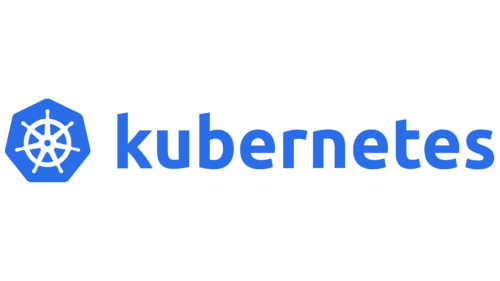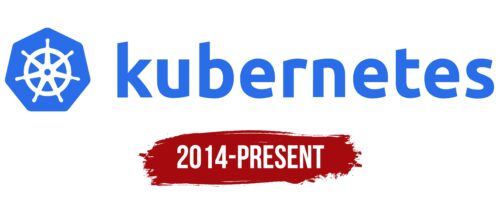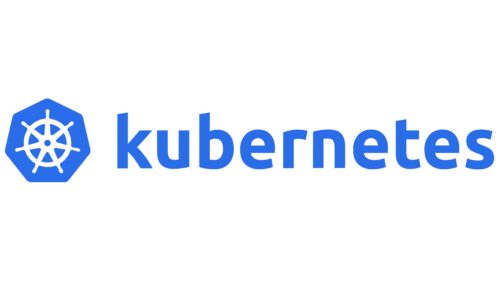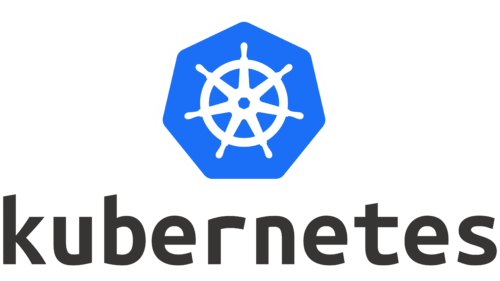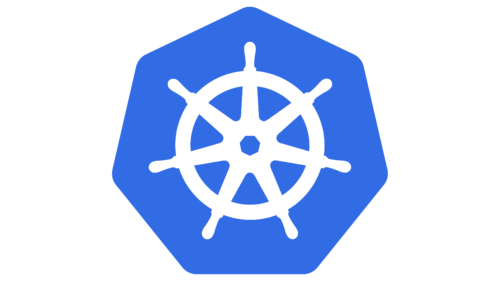At first glance, the Kubernetes logo does not appear to be related to the computing sector, but that is not the case. It is a direct embodiment of a tool for coordinating and configuring software and digital systems in the field of isolated user environments. Essentially, it’s a “steering wheel” for management in an individual computer space. Not surprisingly, the brand name comes from the Greek word for “pilot” or “helmsman.”
Kubernetes: Brand overview
| Founded: | 9 September 2014 |
| Founder: | Cloud Native Computing Foundation |
| Website: | kubernetes.io |
Meaning and History
The foundation of the logo of the new digital tool was its name. Although it is not directly mentioned (the emblem is not textual), it is accurately conveyed on a graphic level. The fact is that the developers chose a name taken from the Greek language for their project. It is from the terminology of seafarers: a helmsman – the one who stands at the helm, manages, and leads the ship forward. Therefore, its key and only symbolism resemble a ship’s helm. The emblem reflects many meanings:
- the radial structure demonstrates the integrity of the system with a single center;
- internal triangles hint at individual environments;
- the seven-sided figure shows the versatility of application;
- the blue color represents affiliation with cloud technologies;
- the helm reflects the dominant role in coordinating and adjusting the system.
At the same time, the inscription in the logo is a numeronym since the abbreviated name of the tool is K8s. This encoding is easily explained: “K” and “s” are the first and last letters in the word “kubernetes”, and “8” is the number of characters between them.
What is Kubernetes?
Kubernetes is a virtual tool that automates computer systems and software configuration, management, and coordination. It supports the functioning of an isolated user space within a cluster structure. The project is a product of Google Corporation and is now supported by the Cloud Native Computing Foundation. It was introduced in 2014.
2014 – today
The Kubernetes logo features a classic ship’s wheel with seven handles evenly distributed around the ring. The ship’s wheel is set against a heptagon with smooth edges. The bottom of the figure is flat; the top is sharp. All triangular protrusions are slightly rounded to highlight the friendliness of the program.
The name of the digital tool is located to the right, set in a lowercase font. The letters intriguingly combine curves and angles. In this way, the designers have softened the geometric glyphs, adding smoothness to them. The “u” and “t” have roundings at the bottom, the rest at the top. The only exception is “k”: it has angles. The inscription is centered relative to the graphic element and occupies the central line. It seems to hang without touching either the upper or lower hypothetical boundaries of the emblem.
Font and Colors
For the text, the designers used a cut and bold typeface, which stylistically echoes Ubuntu Bold, released in 2010 by the British studio Dalton Maag Ltd. This humanist-style font family is based on OpenType. Among its creators is also well-known American-type designer Vincent Connare.
The color palette of the Kubernetes logo includes two colors: sky blue and white. The first is used for the heptagon and the inscription, and the second – for the ship’s wheel.
Kubernetes color codes
| Bluetiful | Hex color: | #296de8 |
|---|---|---|
| RGB: | 41 109 232 | |
| CMYK: | 82 53 0 9 | |
| Pantone: | PMS 2727 C |
